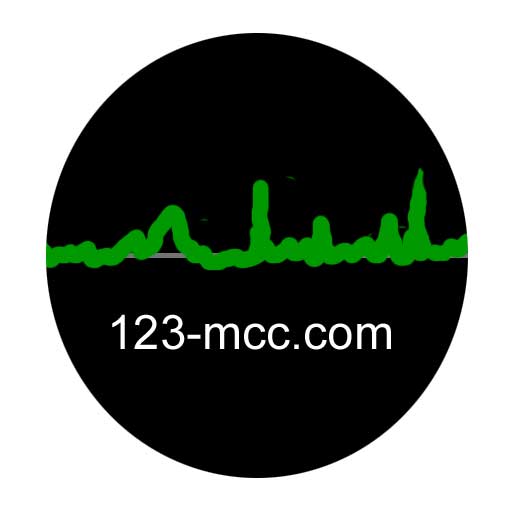
Angus and Rosemary's Miscellany
of Malvern - Other Resources
|
History menu > Biography of Rev John Lindsay Birley (schoolmaster and organist)This page has no connection with Malvern ContentsOverview
At the end there is a little information about some of his contemporaries at the school. Early lifeJohn Lindsay Birley was born at Redhill near Dorking, Surrey, in 1919, the second son of Captain Alfred Birley, Military Medal, and Harriet Emily Ellen Gibbs (see more about below). We found John listed in Crockfords Clerical Directory, and the Rector of our church kindly looked up his entry for us (ref 1); we also found his obituary on-line which was written in 2003 in the German language (ref 2) and this account is largely based on these two sources. John trained for six years at Kelham Theological College from 1937, and was ordained in Southwark diocese in 1943 as deacon; he was priest there the following year and served his 'title' as curate at St Andrew's,Coulsdon, Surrey in the diocese of Southwark from 1943 - 1946 (ref 1). Kelham Theological College was at one time the headquarters of the monastic order 'The Society of the Sacred Mission' (SSM). The SSM had been originally founded circa 1893 by Father Herbet Hamilton Kelly to train ordinary men, who did not have a university degree, for missionary work. In 1903 the SSM moved to Kelham Hall in Nottinghamshire. John, besides receiving further education and theological training there, would have seen the first BBC broadcast from Kelham in 1938 and the Hall occupied by military personnel in WWII. The Church of England seems to have viewed Kelham with just a little suspicion, firstly because it took ordinary men, secondly it encouraged free thinking, and thirdly it was high church. The Theological College at Kelham eventually closed due to dwindling numbers in 1973. According to the Abbey at Himmerod where he died, John had discovered music and his love for the organ at an early age but decided to pursue a career as an Anglican priest, until serious illness forced a change in direction (ref 2). From 1946 - 1948 John was Assistant Chaplain at Wellingborough College school. He must also have been an officer in the school Combined Cadet Force for it was announced in the London Gazette in 1948 that John Lindsay Birley, service number 388368, was to be 2nd Lt for service with the Wellingborough College Contingent (ref 3). Wellingborough College was founded as a Tudor Grammar School in Northamptonshire. When JL Birley joined the school in 1946 it had been going through difficult times. It is now an independant coeducational day school. From 1948 - 1950 John was assistant master of the Choristers' School in Exeter (ref 1). A newspaper records him playing the organ at the WI Carol Service in 1949 and his obituary records that from 1948 to 1950 JL Birley was also assistant organist at Exeter Cathedral, after winning a scholarship for the post, without ever having taken organ exams. John was assistant to Alfred William Wilcock, who was organist at Exeter Cathedral from 1933 to 1953. John was succeeded as assistant organist at Exeter by Howard Stephens on 15th January 1951. Since John found it difficult to live on his salary at Exeter, he moved back to teaching. From 1950 - 1954 he was chaplain at Reed's School in Cobham, Surrey (ref 1). Reed's School which moved to Cobham in 1945 had been founded in 1831, by Congregational Minister Rev Andrew Reed, to provide an education for orphaned children. From 1954 to 1964 John was assistant chaplain at St John's an Independant boarding school in Leatherhead. St John's School had originally been founded as a school for the sons of poor clergy in 1851 by the Rev Ashby Haslewood. During 1955 John wrote an article for the publication 'The Organ' entitled 'The Organs in Clifton College'. From 1964 until he retired in 1976 John was assistant master at Wellington College, Berkshire (ref 1, 2, 4). Wellington College which opened in 1859 had been originally set up as a charitable educational institution in memory of the Duke of Wellington for the orphans of army officers. The Development Office of St John's School Leatherhead very kindly sent us this tribute to Rev Birley which appeared in the school magazine 'The Johnian' in 1964 on the occasion of his leaving St John's school. The transcript reads:
An organ recital was held st St John's to mark his departure and this account was also copied to us by the Development Office:
Later lifeIn 1976 John retired from teaching and joined the monastic community at Himmerod Abbey in the Eifel region of Western Germany as organist. The following text is our interpretation of part of his obituary which was written in the German language by his friends at Himmerod Abbey in 2003 (ref 2).
Three days later, John's death was announced in the Personal Column of the London Times on Saturday 11th October 2003 (ref 5). The brief announcement read:
His passing was possibly missed by his friends in the UK. As a schoolmaster and later as a teacher of music no doubt many students would have benefited from his sharp mind, acerbic humour, and encouragement. About family
By 1901 Alfred's father James had died and the census recorded Alfred aged 16 years as an apprentice engineer and draughtsman living at home with his widowed mother. Other historians record he became a military reservist excelling at Gymnastics before marrying Harriet Emily Ellen Gibbs at Bedford in 1910. The 1911 census records the couple living at Redhill where he was a Gymnastic and Drill instructor at the Philanthropic Society Reformatory Farm School. A son James Arthur Birley was born in 1912. Then in 1914 Britain declared war on Germany and Alfred was called up. We have not found the military records of Sergeant Alfred Birley 6746 the 1st Gloucester Regiment, but he fought in France and in 1915 became a prisoner of war. His escape and presentation to King George Vth was reported in The Times, Monday September 27th 1915. A transcription reads:
(We know nothing about what happened to fellow escaper Sydney Haworth a younger man born Accrington about 1893 who was said to have been a policeman in Blackburn before the war). In 1917, promoted to the rank of Captain, Alfred Birley was Adjutant at the Prisoner of War Camp at Brocton in Staffordshire. The boot was then on the other foot! We don't know much about what Alfred Birley did after WWI, but the 1939 register records him as manager of the St Regis Hotel in Cork Street, Mayfair which was bombed early in the war. Alfred survived and lived to a good age; he died in Devon in 1979. Alfred's father James, John Lindsay Birley's grandfather, educated at a grammar school, had made a good marriage to Fanny Rawcliffe, the daughter of Peter Rawcliffe, a manufacturer of cotton. That may be partly how in 1881 James came to be recorded as a Cotton Spinner employing 133 operatives. Alfred himself seems to have had six brothers and sisters, so John Lindsay had many Uncles and Aunts, as you can read below. We are not certain what happened to them all, but the following may be relevant. A 'Stephen Birley', Royal Navy, was recorded in the 1901 census as an Engine Room Artificer on the cruiser HMS Theseus, commissioned 1896, at Malta. Possibly he became a shopkeeper in Liverpool. 'Evelyn Birley' became a school teacher and in 1911 was employed by the Borough of Burnley, probably in a primary school. 'Jane Elizabeth Birley' married in 1909 in Bedfordshire, electrical engineer Charles Gibbs, the brother of Alfred's wife. He worked for a time in Canada. 'Clara Birley' born 1881 married Job Witham Hartley at Burnley in 1904, who in 1911 was manager of a factory manufacturing bolts and screws. The 1911 census records that, in the seven years since the couple's marriage, Clara had had six children of whom only two were born alive and only one, William, was still living. Sadly Clara died the next year in 1912 before John was born. 'Frank Birley' born at Burnley in 1883 spent the whole of his working life as a merchant in India. During WWI he was a Sergeant with the Madras Volunteer Rifles and received the Distinguished Conduct medal while a motor dispatch rider attached to the Royal Engineers. In 1924 in India Frank married Evelyn Clifton and they had two children, Mary and Richard. In 1937 Frank was knighted and became Sir Frank Birley. The Times, Tuesday May 11th 1937 announced:
Best and Co was probably an import/export business of general merchants, but so far we have found no details. The obituary of Frank Birley, John's uncle, appeared in The Times on Saturday November 30th 1940. It reads:
Frank's daughter Mary, John's cousin, married veterinary surgeon Hugh Richard Clifford in 1949 and the couple lived for many years in Uganda. 'Harold Birley' John's youngest uncle born in 1892 was probably the man awarded a Mates Certificate in the Merchant Service in 1919, the year he married Margery Doris Hartley in Cheshire. Harold became a shipping pilot spending many years in India and the far east; rumour has it he then became harbour master at Chittagong, which was then in India, but now Bangladesh. The couple had a son and a daughter (ref 15). We know nothing of the life of John's elder brother James Arthur Birley who may have died in Singapore in 1998. So it seems that Rev John Lindsay Birley came from a talented family who were not content to sit back and let the world go by. Do please get in touch if you can add to this account of his life and family.
Housemaster F O Hayden and Rev J L Birley West House 1960 Source: St Johns School Leatherhead Other mastersF O HaydenJohn's colleague Francis Oswald Hayden, besides being a housemaster also taught Latin. Sometimes he would intersperse translations of the Punic Wars with memories of his time in the desert with the Tank Corps in WWII. The London Gazette of 25th September 1942 reported his appointment as 2nd Lt with the Royal Armoured Corps amongst a number of other 'emergency commissions'. He was considered fair, tolerant and well liked. Surprisingly the Surrey Electoral Rolls record him already in residence at St John's School in 1938 and we wondered how the quality of teaching was affected when masters were 'called to arms'. F O Hayden was born in Gloucester in 1911 and died at Ashtead in Surrey in 1973. His father Rev Oswald Ernest Hayden was at one time a master at the Cathedral School Gloucester. T A H PeacockeThomas Arthur Hardy Peacock taught chemistry to Advanced and Scholarship level; he was a good teacher and enthusiastic about his subject. He also led pupils from the school on mountaineering expeditions during school holidays. Perhaps not surprisingly we found he had written numerous books on chemistry, radioactivity and mountaineering. He was the son of Lt Col Goodricke Thomas Peacocke OBE who served with the Worcestershire Regiment. A confirmed bachelor, he married Constance Archer late in life following his parent's death. His obituary, written by Richard Owen and Michael Westmacott in 1997, appeared in the Journal of the Alpine Club of which he had long been a member (ref 13). To quote just a few words from this extremely interesting account of his life:
Thomas Arthur Hardy Peacocke, schoolmaster, and housemaster of East House from 1947 to 1963, was born in Bombay, India in 1905 and died in Devon in 1996. A M S ClarkArthur Michael Seymour Clark taught biology and was housemaster of South House at St John's from 1953 to 1961. His lessons were informative, well delivered and enjoyable. A good teacher, he was of slim build, precise in his manner, but seemed old before his time. AMS Clark was born at Oundle in Northamptonshire in 1912 and was the son of clergyman Rev Leonard Seymour Clark and Kathryn Beryl Mary Branfoot. His mother Kathryn had been born in Madras India in 1883, the daughter of Arthur Mudge Branfoot and Alice Stewart. Alice died about 1885 and Arthur Mudge married second, Lucy Innes Carter, the daughter of Henry Robert Pasley Carter (1833 - 1894), Chief Engineer of the Madras Railway. Lucy's sister Ethel Margaret married Harold Lithgow Braidwood a revenue official in the Indian Civil Service whose son Walter became a surgeon and served in the Royal Army Medical Corps. Lucy's sister Isabel, AMS Clark's step Aunt, is said to have served as an Army nurse in Africa and Greece during WWI. AMS Clark's maternal grandfather was a notable man:- Colonel Sir Arthur Mudge Branfoot (1849 - 1914) MB LRCP FRCS Knight Commander of the Indian Empire, Indian Medical Service, had been Surgeon General in India. He was educated at Epsom College not far from St John's school and at Guy's Hospital. Click Arthur Mudge Branfoot's biography on the Epsom College website for details of his career. You will also find him listed in the Dictionary of Indian Biography. We don't know anything about AMS Clark's education or exactly when he joined St John's, but in 1939 he was joint author of the text book 'Looking at Life: an introduction to Biology'. The book 'GHQ Liaison Regiment: A Nominal Roll with Short Biographies' by Asher Pirt records that AMS Clark was commissioned to the Essex Regiment on 28th December 1940 and served in the GHQ Liaison Regiment with service in North West Europe. On 28th February 1947 the London Gazette reported that AMS Clark late (165804) Essex Regiment had been appointed 2nd Lt with St John's School contingent, so probably he joined the school just after the end of WWII. He would have been too young to have remembered his grandfather Sir Arthur Branfoot who died in 1914 but perhaps it was the story of his grandfather which influenced him to study Biology. Nor probably would he have remembered his step grandmother Dame Lucy Innes Branfoot who has her own small place in history. During WWI she had volunteered to work at Lady Mabelle Egerton's Coffee Stall at Rouen St Sever railway station in France, near where there were many field hospitals. It became one of the largest canteens for soldiers in France and you can read more about the Rouen Station Coffee Shop on the Scarlet Finders website. Lucy died there of bronchitis on the 16th March 1916 aged only 52 years and is buried amongst many soldiers in St Sever cemetery. Arthur Michael Seymour Clark, schoolmaster, was born in Oundle Northamptonshire in 1912 and died at Stow in the Wold in 1969 aged only 56 years. He is buried at Bourton on the Water in Gloucestershire. He was survived by his twin sister Angela Margaret Seymour Clark and had a younger sister Elizabeth Jane Freeman Clark. Surrey Electoral Roll 1939For any budding historians, here is a transcript of people eligible to vote recorded in residence at St John's School Leatherhead in 1939. Some notes have been added which are in italics.
We currently know little about those named above; some are masters, and others possibly matrons, sanatorium, and support staff. Do let us know if you can tell us more about them. Since this article was first published the 1939 register, compiled at the outbreak of war, has appeared on-line where further information may be found. School historiesA history of the school
It charts the history of the school from its founding in London in 1851 through to modern times, covering the move to Leatherhead, a fire in 1913, WWI and the influence of Field Marshall Viscount Montogomery of Alamein, who became a governor of the school and obtained funding for the new school chapel 'from an anonymous donor'. If you are looking for background information about past masters you are unlikely to find it in this book. However this is an excellent overall history of the life and times of the school and its headmasters. Copies can be obtained from secondhand booksellers and the Development Office at St Johns.
An account by Rev Norman Sandiford PowerIn 2015 we came across a vivid account of arriving at the school in 1930 written by Rev Norman Sandiford Power presenting a powerful image of spartan school life, as seen by a new boy, between the two World Wars. Sadly this account has since 'disappeared' from the Internet. If you have a copy do please get in touch. Sanitary facilities were in those days 'rudimentary' and before the availability of penicilin and vaccinations minimising the spread of disease was something schools had to worry more about.
WartimeSince we last updated this page it is apt that on the centenary of the Great War a Roll of the Fallen of St John's School Leatherhead and other historical information about those who served in the First and Second World Wars can now be found on-line. Here is the link: St John's War Memorial Archive Additional information can be found on an associated 'blog' References
This page was first published on our old website 123-mcc.com If you would like to either suggest changes or offer additional material for this page please email the webmaster |
|
Last updated 22nd October 2018 |
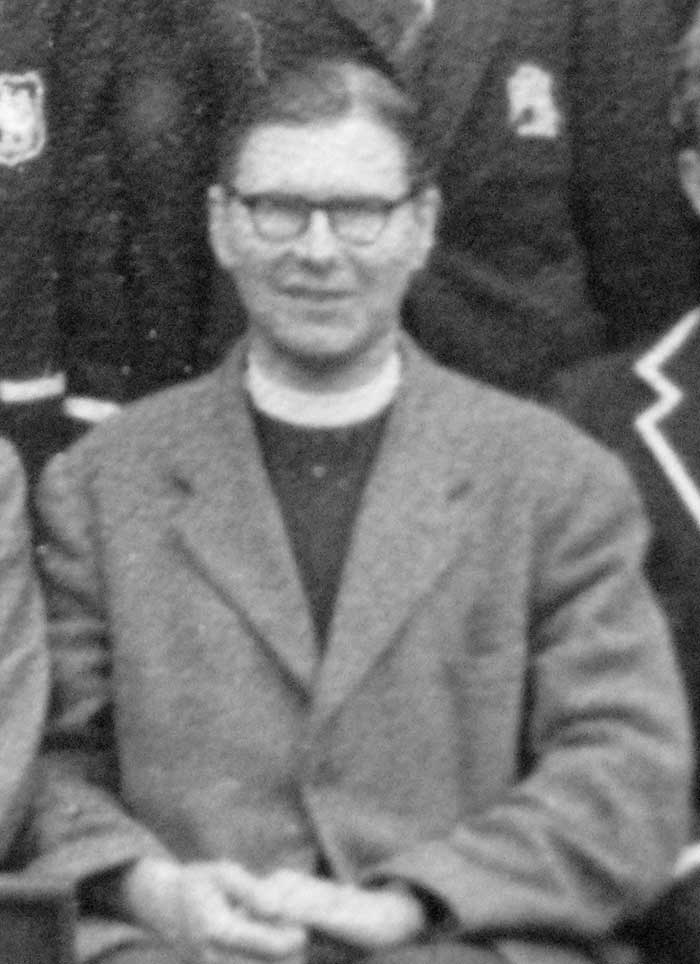 In
the early 1960s Reverend John Lindsay Birley was assistant housemaster of
West House at St John's, an Independant school located at Leatherhead in the United Kingdom.
He was also assistant chaplain, taught 'A' level Physics, sometimes played
the organ in the school chapel and prepared students wishing to be Confirmed
in the Anglican Faith (including myself).
In
the early 1960s Reverend John Lindsay Birley was assistant housemaster of
West House at St John's, an Independant school located at Leatherhead in the United Kingdom.
He was also assistant chaplain, taught 'A' level Physics, sometimes played
the organ in the school chapel and prepared students wishing to be Confirmed
in the Anglican Faith (including myself).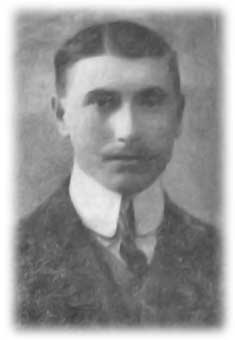 John's father, Alfred Birley
(see photo opposite taken from a newspaper), was born in Burnley, Lancashire, in 1885.
John's father, Alfred Birley
(see photo opposite taken from a newspaper), was born in Burnley, Lancashire, in 1885.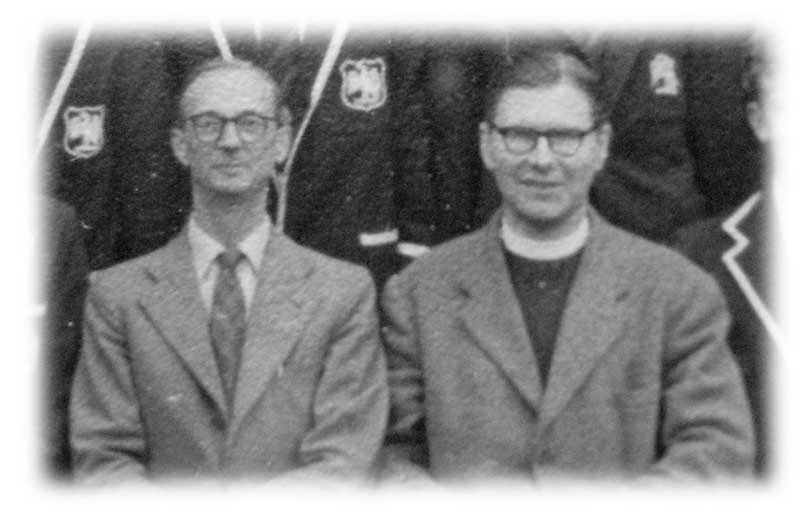
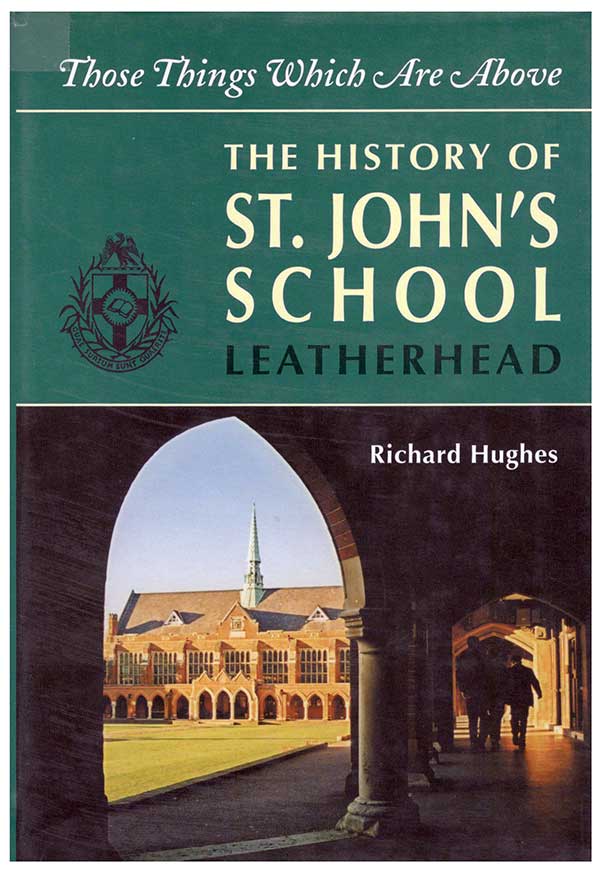 In 2001 a former Head of History, Richard Hughes
published a history of St John's School (ref 14).
In 2001 a former Head of History, Richard Hughes
published a history of St John's School (ref 14).